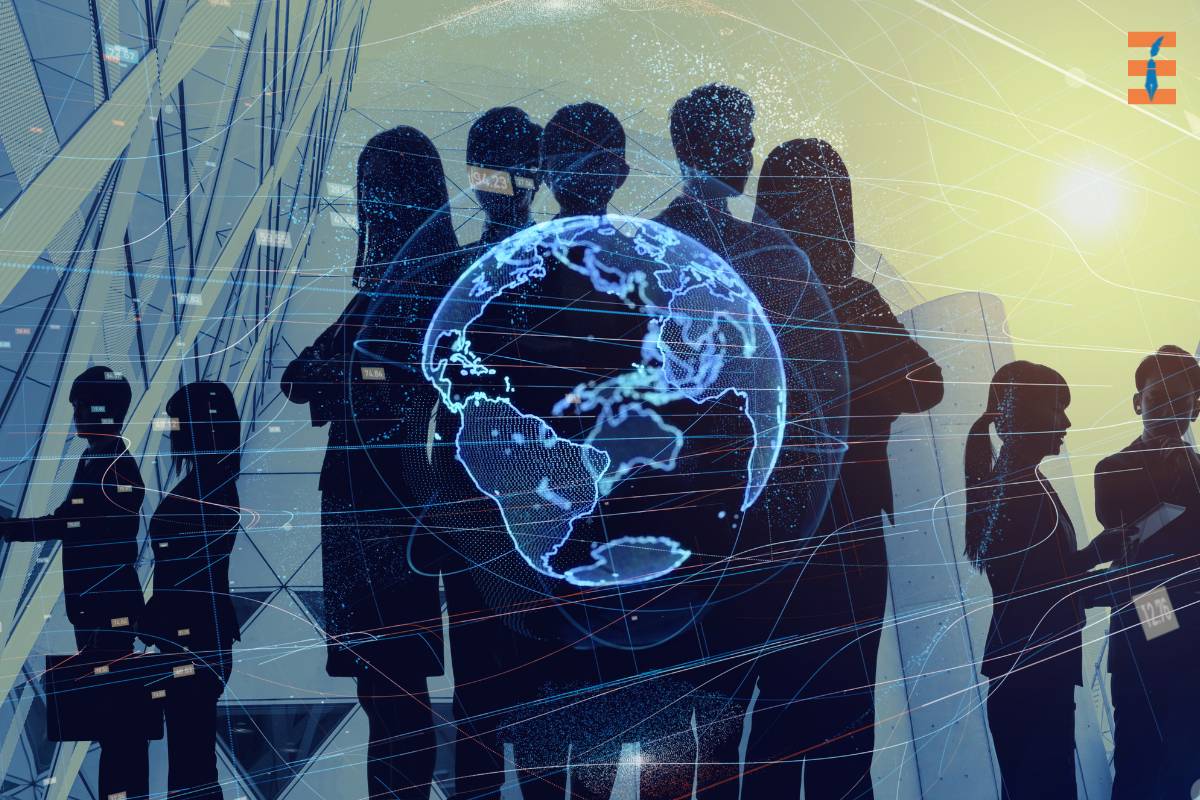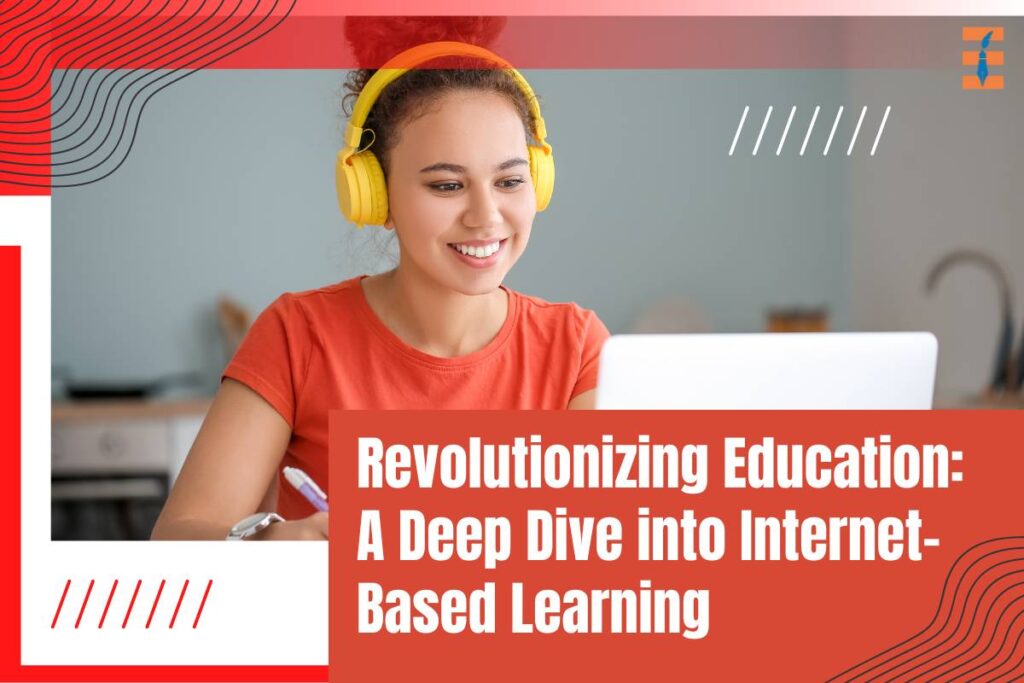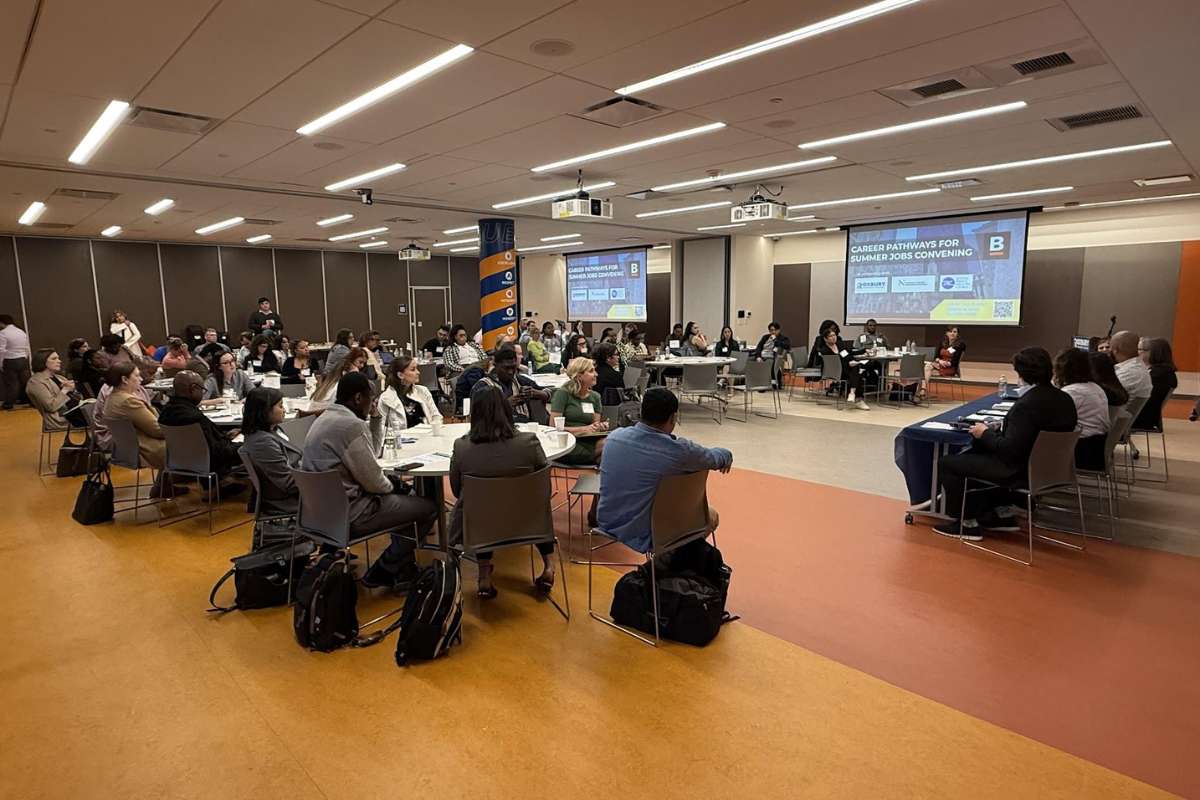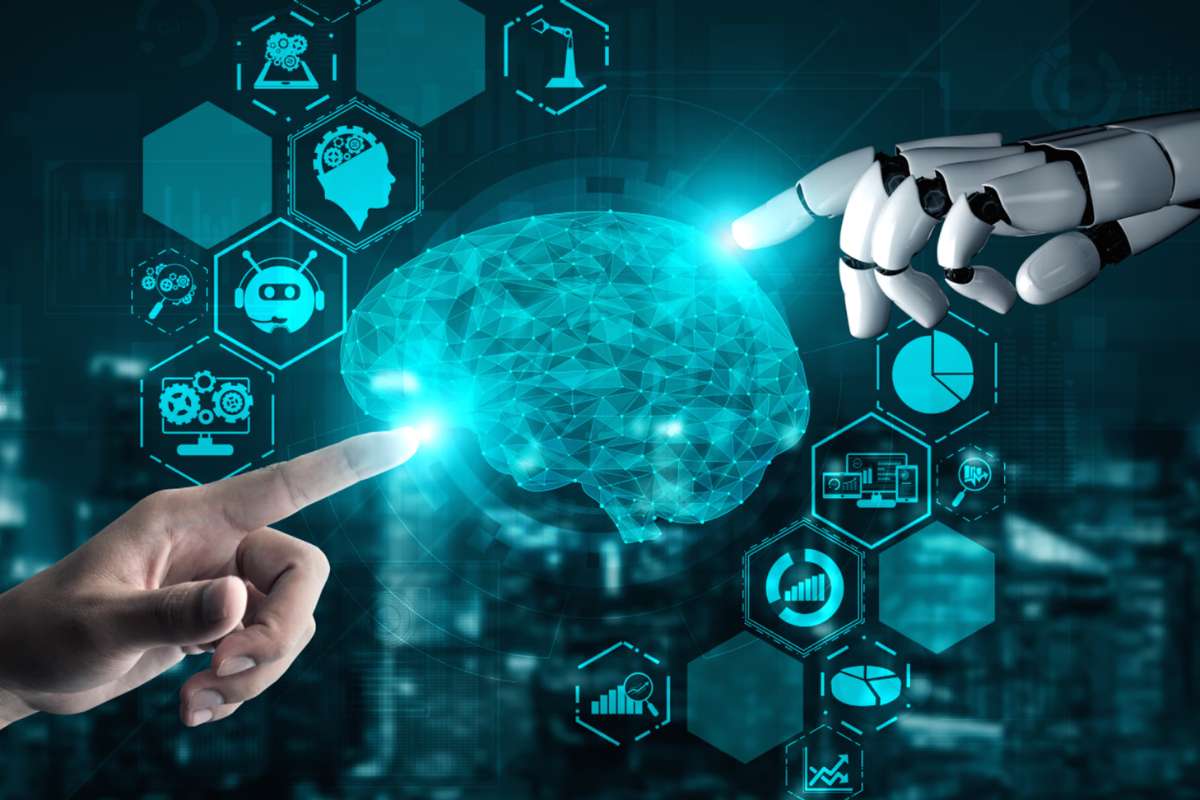The 21st century has witnessed a transformative shift in the way we acquire knowledge, thanks to the advent of Internet-based learning. This innovative approach to education leverages the power of the Internet to provide accessible and flexible learning experiences for individuals around the globe. In this article, we will explore the various facets of internet-based learning, its advantages, challenges, and the impact it has on traditional educational models.
Understanding Internet-Based Learning:
It is often referred to as e-learning or online learning and involves the use of the Internet to deliver educational content and facilitate learning experiences. This can take various forms, including online courses, virtual classrooms, webinars, and multimedia-rich educational resources. The flexibility and accessibility of internet-based learning make it a popular choice for learners of all ages and backgrounds.
Advantages of Internet-Based Learning :
1. Flexibility and Accessibility
One of the primary advantages of internet-based learning is the flexibility it offers. Learners can access educational materials at their own pace and time, accommodating diverse schedules and commitments. Additionally, geographical barriers are overcome, allowing individuals from remote areas to participate in quality education.
2. Cost-Efficiency
It often proves to be more cost-effective compared to traditional classroom-based education. Learners can save on commuting expenses, and educational institutions can reduce infrastructure costs. This makes education more accessible to a broader audience, including those with limited financial resources.
3. Diverse Learning Resources
The internet provides a vast array of resources, including videos, interactive simulations, and virtual labs, enriching the learning experience. This diversity allows learners to engage with content in various formats, catering to different learning styles and preferences.
4. Global Collaboration

Internet-based learning facilitates collaboration among learners from different parts of the world. Through online discussions, forums, and collaborative projects, students can gain diverse perspectives, enhancing their understanding of global issues and fostering a sense of community.
Challenges in Internet-Based Learning:
1. Digital Divide
While it has become widespread, a digital divide still exists. Not everyone has equal access to high-speed internet or the necessary devices. This creates disparities in educational opportunities, particularly for those in underserved or remote areas.
2. Lack of Face-to-Face Interaction
Traditional classroom settings provide face-to-face interaction between students and instructors. Internet-based learning, while fostering virtual communication, may lack the immediacy and personal connection that can be crucial for some learners.
3. Self-Discipline and Motivation

It requires a high level of self-discipline and motivation. Without the structure of a physical classroom, some students may struggle to stay focused and organized, leading to lower completion rates.
Impact on Traditional Education Models:
1. Blended Learning Approaches
The integration of internet-based learning has given rise to blended learning models, combining online and in-person elements. Educational institutions are adopting hybrid approaches to leverage the benefits of both traditional and online learning methods.
2. Accessibility to Lifelong Learning
It has democratized education, making it accessible to individuals beyond the traditional student age. Professionals seeking continuous learning and skill development can easily enroll in online courses, contributing to a culture of lifelong learning.
3. Adaptation to Technological Advancements
Traditional educational institutions are adapting to technological advancements by incorporating online platforms, interactive tools, and digital resources. This evolution enhances the overall learning experience and prepares students for a technology-driven future.
The Future of Internet-Based Learning :

As technology continues to advance, the future of internet-based learning looks promising. Augmented reality, virtual reality, and artificial intelligence are expected to further revolutionize the online learning landscape, providing even more immersive and personalized educational experiences.
Conclusion:
It has emerged as a transformative force in the field of education, breaking down barriers and redefining how we approach learning. While challenges exist, the advantages and opportunities presented by this innovative model indicate a bright future for internet-based education. As we navigate the ever-evolving landscape of education, harnessing the full potential of this mode of learning will be crucial in preparing individuals for success in a knowledge-driven and interconnected world.
FAQs:
1. What is internet-based learning, and how does it differ from traditional education?
It is also known as e-learning or online learning, utilizes the internet to deliver educational content. Unlike traditional education, it offers flexibility in terms of timing and accessibility, allowing learners to engage with materials at their own pace and from anywhere with an internet connection.
2. What are its key advantages?
It provides flexibility in scheduling, cost-efficiency, diverse learning resources, and the opportunity for global collaboration. Learners can access a wide range of educational materials, collaborate with peers worldwide, and benefit from cost-effective and accessible learning experiences.
3. What challenges may learners face in internet-based learning?
The challenges include the digital divide, where not everyone has equal access to technology, the lack of face-to-face interaction, and the need for self-discipline and motivation. Overcoming these challenges requires addressing issues related to technology access, building effective online communication strategies, and fostering self-motivation.
4. How is internet-based learning impacting traditional education models?
It has led to the adoption of blended learning approaches, combining online and in-person elements. Traditional educational institutions are adapting by integrating online platforms and digital resources. This evolution enhances accessibility to lifelong learning and prepares students for a technology-driven future.
5. What does the future hold for internet-based learning?
The future of it is promising, with advancements in augmented reality, virtual reality, and artificial intelligence expected to further enhance the online learning experience. These technologies will provide more immersive and personalized educational opportunities, shaping the future of how we acquire and share knowledge.










